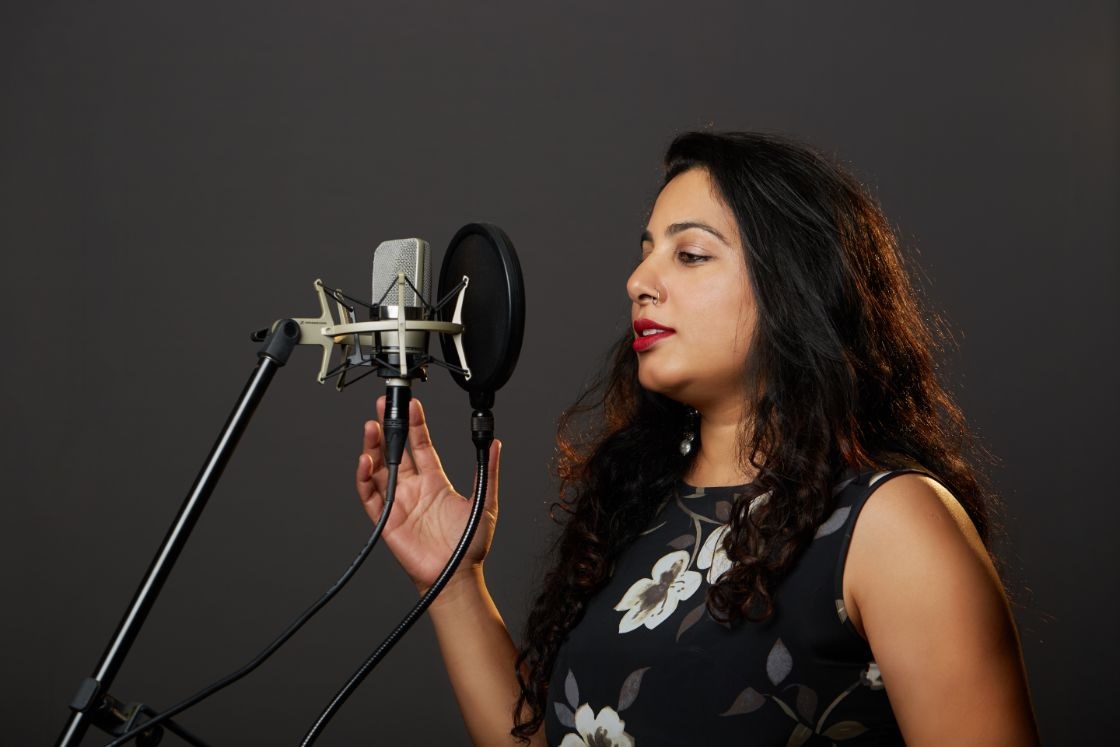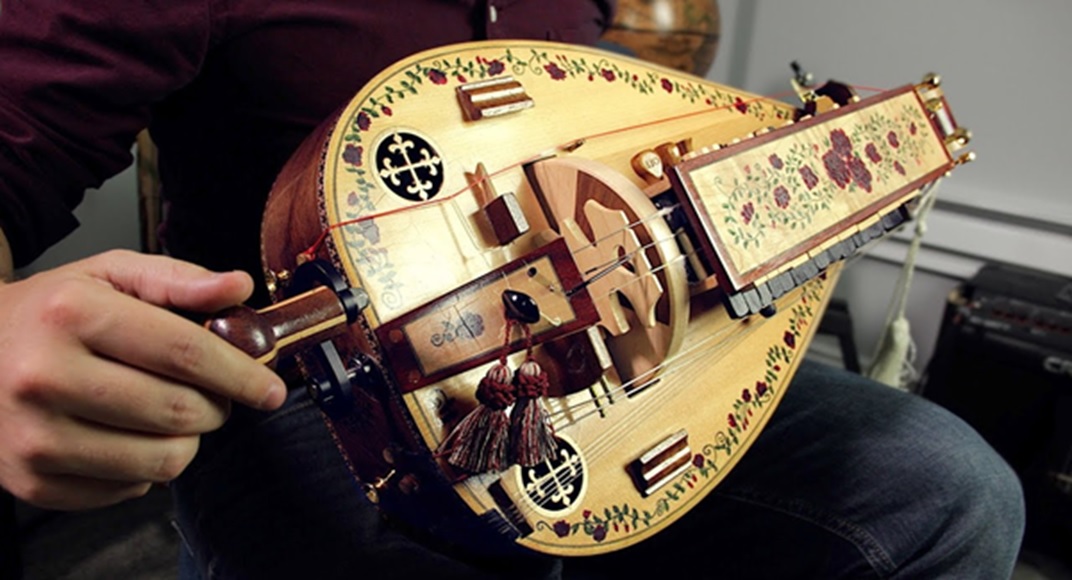
Raga or Rock? Unveiling the Melodic Crossroads: Indian vs. Western Vocal Training
India, a land steeped in musical heritage, presents a captivating dilemma for aspiring vocalists: should you embark on a journey through the intricate melodies of Indian classical music or dive into the dynamic world of Western vocal styles? With a rich tapestry of Indian vocals courses and Western vocals courses available, choosing the right path can feel like navigating a melodic labyrinth.
In this blog post, we’ll unravel the nuances of both Indian and Western vocal training, exploring their unique characteristics, techniques, and cultural significance. By understanding the distinct flavors of each, you’ll be empowered to make an informed decision that resonates with your musical aspirations.
Indian Vocal Classes: A Voyage into Tradition and Soul
Indian classical music, with its roots in ancient traditions, is a treasure trove of melodic intricacies and rhythmic complexities. It encompasses two major styles: Hindustani (North Indian) and Carnatic (South Indian), each with its distinct ragas (melodic frameworks), talas (rhythmic cycles), and vocal techniques.
- Hindustani Vocal Training: This style emphasizes improvisation, ornamentation, and the exploration of emotional depth through ragas. It involves rigorous training in breath control, vocal agility, and the understanding of microtones.
- Carnatic Vocal Training: Known for its structured compositions and intricate rhythmic patterns, Carnatic vocal training emphasizes precision, clarity, and adherence to tradition. It involves learning complex ragas and talas, as well as mastering techniques like gamakas (ornamental glides) and brigas (fast melodic runs).
Indian vocals classes often involve personalized instruction from a guru (teacher), with a focus on developing a strong foundation in vocal technique, theoretical knowledge, and repertoire.
Western Vocal Courses: A Kaleidoscope of Styles and Expression
Western vocal music encompasses a vast spectrum of genres, from opera and classical to pop, rock, jazz, and blues. Each genre has its unique vocal techniques, styles, and cultural context.
- Classical Vocal Training: This style focuses on developing a powerful, resonant voice with a wide range and the ability to sing complex melodies. It involves training in breath support, vocal projection, and diction.
- Pop and Rock Vocal Training: These styles emphasize a more contemporary sound, often incorporating elements of belting, vibrato, and vocal effects. Training focuses on developing a versatile voice that can adapt to different genres and styles.
- Jazz and Blues Vocal Training: These styles are known for their improvisation, scatting, and expressive phrasing. Training focuses on developing a strong sense of rhythm, melody, and harmony.
Western vocals courses are typically more structured, with a focus on vocal technique, repertoire, and performance skills. They often include training in music theory, sight-reading, and stage presence.
Choosing Your Path: A Matter of Personal Preference
The decision between Indian and Western vocal training ultimately boils down to your personal preferences, musical interests, and career aspirations.
If you’re drawn to the depth, complexity, and spiritual aspects of Indian classical music, Indian vocals classes might be the perfect fit. However, if you’re more interested in contemporary styles, exploring different genres, and potentially pursuing a career in the music industry, Western vocals courses might be a better choice.
Ultimately, the most important factor is to find a style that resonates with your soul and inspires you to express yourself through music. Whether you choose the path of raga or rock, let your voice be your guide, and embark on a melodious journey of self-discovery and artistic expression.



